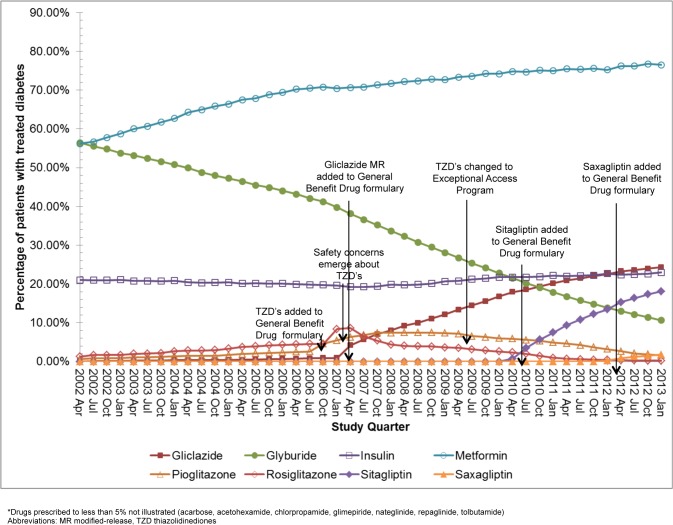Fig 2. Antihyperglycemic medication prescriptions 2002–2013.
The percentage prescribed metformin increased over the study period (56.2% in first quarter, 76.5% in last quarter), as did prescriptions for the DPP-4 inhibitors saxagliptin (prescriptions increased from 0% to 1.8% following its formulary introduction in 2012) and sitagliptin (prescriptions increased from 0% to 18.1% following its formulary introduction in 2010). A decline in glyburide prescriptions was evident (56.4% in the first quarter, 10.7% in the last quarter), while gliclazide prescriptions increased (prescriptions increased from 0.4% to 24.3% following the formulary introduction of modified-release gliclazide in 2007). Over the last 10 years about 20% of treated patients have been prescribed insulin. Further, after an initial increase following their introduction to the provincial formulary in 2006/2007, thiazolidinedione prescriptions declined, although pioglitazone less steeply. Prescriptions for acarbose, acetohexamide, glimepiride, repaglinide, tolbutamide, nateglinide, and chlorpropamide have remained low (less than 5% of patients had evidence of a prescription during each study quarter).

